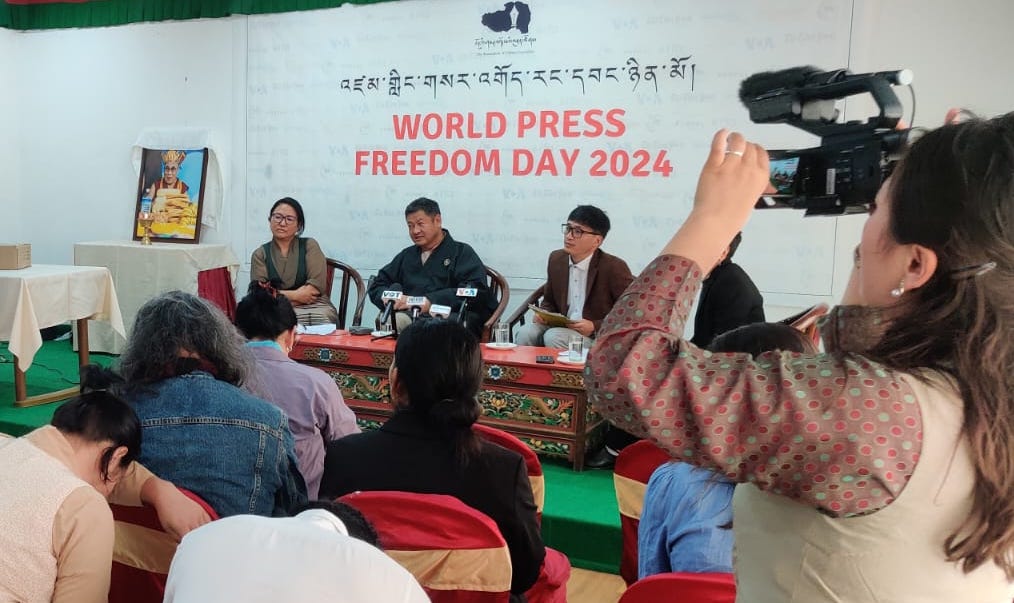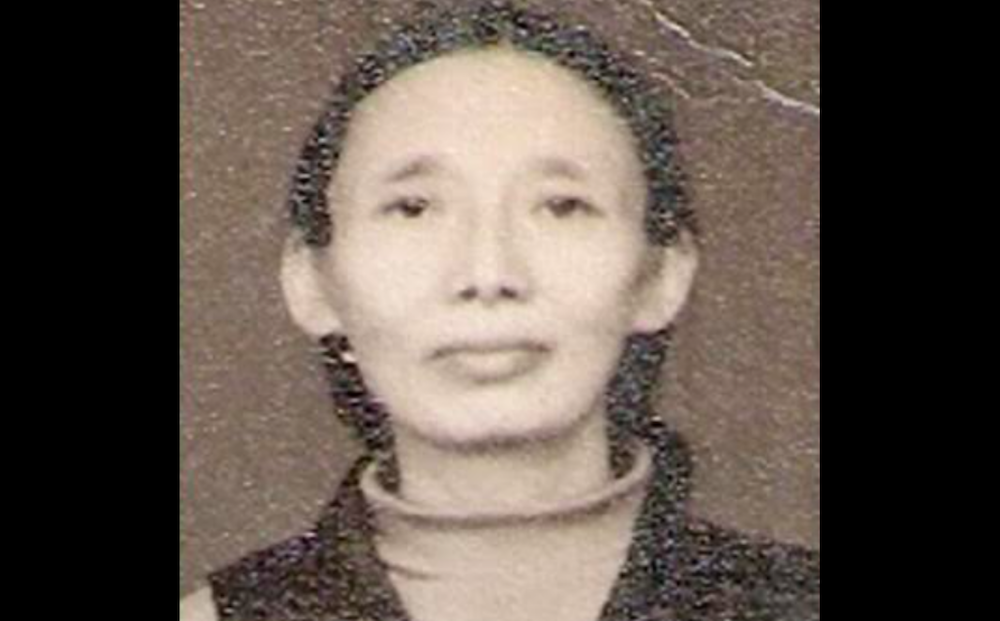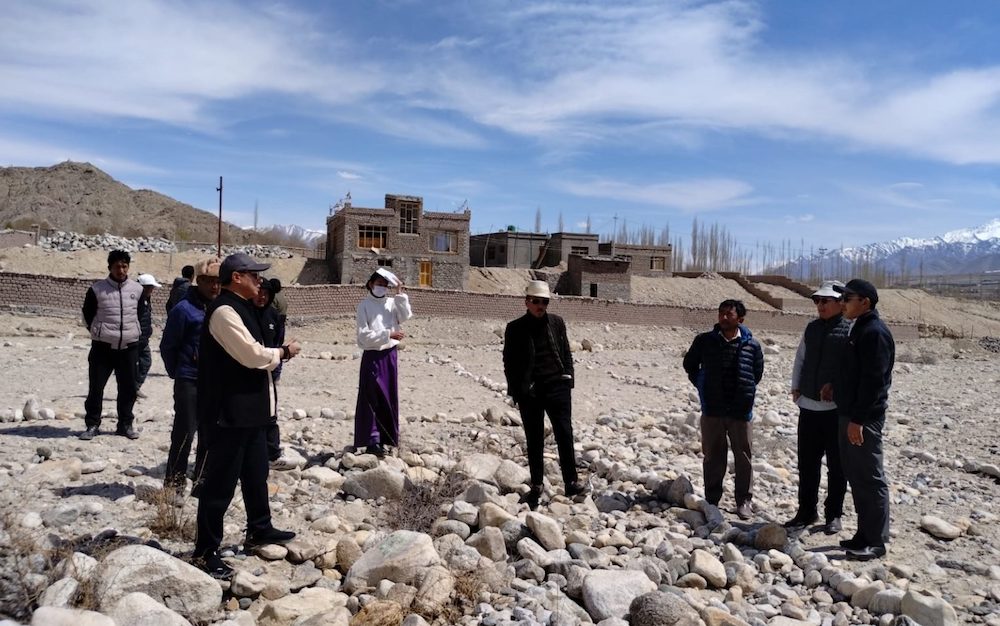 By Elaine Jarvik
By Elaine Jarvik
Deseret News staff writer
He is 14 now — or much older if you count all 23 lifetimes.
He is sitting cross-legged on a daybed in the prayer room of his mother’s house in Bountiful. Behind him, on the wall, is a photograph of his most previous lifetime, a man named Gomo Tulku. This is the boy’s name now too, although on his passport his name is still Tenzin, the name his Tibetan parents gave him when he was born. They didn’t know then, his mother explains, that he was a reincarnated lama.
Seven years ago, after his first-grade year at Oak Hills Elementary in Bountiful, Tenzin was sent to a monastery in southern India to learn how to become a tulku, a high lama whose sole purpose is to help other beings become enlightened.
He was an old soul then but also still a child. When the Deseret News interviewed him in 1995 he announced with pride that he was “going to grow a tooth.” He had a hard time sitting still, and he spent part of the afternoon pretending to be a Mighty Morphin’ Power Ranger. He talked about what life was going to be like in the monastery: “You pray and you eat, and you got to clean up.”
Now he is a teenager but seems older. He is concerned that his visitor’s tea might be too hot. He speaks with reverence about his teachers: “The students must see the teachers as a Buddha, the most precious.” He apologizes that his English — which he began speaking when he moved to Utah at age 6 and which he has little occasion to speak now — is at times insufficient. Like other lamas, he is addressed by the title “rinpoche.”
He is on vacation now, so he studies only two hours a day instead of the usual 10. “These books are hard to understand,” he says, picking up a hard-bound volume that will begin to help him tackle concepts such as emptiness and impermanence. “The book doesn’t have the answers; it has the questions,” he says.
Another life
Gomo Tulku’s mother, Yanki, has a video of her son’s enthronement at age 7. In an enormous hall full of 5,000 monks and lamas, the little rinpoche sits cross-legged on a special platform, unfazed by the drone of chants and the gifts offered up to him. Later he received his first and second sets of vows from the Dalai Lama himself. “The Dalai Lama is our main man,” he explains.
Yes, he says now, sometimes he thinks about how his life is different from the life he would have lived had he stayed in Utah. But he would not want to trade.
In this reincarnation he lives in a beautiful house on the grounds of the monastery in southern India, a house financed in large part by donations from Italian Buddhists who admired his grandfather. Gomo Tulku has several attendants who look after him. He has a laptop and is allowed to write e-mails and to play occasional computer games.
What else does he do for fun? “For fun?” the rinpoche asks back. The question seems to surprise him. “For fun,” he repeats. And then: “For me, to debate is the funnest thing.” And then, perhaps hoping to sound convincing to American ears, he adds, “It’s cool.”
Debating — rapid-fire discussions of Buddhist philosophy or the details of anatomy or math — is an essential feature of a lama’s education. Debating “makes your mind sharp,” Gomo Tulku explains, adding that it is so strenuous that it often makes students sweat. That’s how he lost weight, he says, and in fact Gomo Tulku is no longer the slightly pudgy boy he was on his last Utah visit five years ago.
The long view
Since beginning his life as a lama he has seen his mother only once a year, when she travels to the monastery in India. This is only his second visit back to Utah. He made the trip this year to visit his frail 86-year-old grandmother, who lives with her daughter in Bountiful.
Gomo Tulku’s most recent previous lifetime was actually his grandfather, the father of Yanki and her sister, Pema Chagzoentsang, who helped orchestrate the Tibetan resettlement project in Salt Lake City during the 1990s.
Her father was a very respected tulku, well-known especially in Europe for the extensiveness of his teachings, Chagzoentsang explains. When he died it was important to find out where his consciousness had taken up residence — because a tulku must be trained in a certain way. If the reincarnation is not found and nurtured, Tibetans believe, the reincarnating consciousness may spend a lifetime in a body that does not reach its potential.
Because he is a tulku, Buddhists believe that he carries no negative karma from his past lives. But that doesn’t mean he might not fall prey to temptations and distractions in this life. That doesn’t mean he will automatically become a person who can benefit other sentient beings. This is why he must study in the monastery for at least another 20 years.
Originally it was determined that there were three candidates for the reincarnated Gomo Tulku. The three were then narrowed down to one by the Dalai Lama himself, who pulled Tenzin’s name out of a copper bowl three consecutive times. It is very unusual for a tulku to reincarnate in a relative, Chagzoentsang says.
There are only a couple hundred tulkus in the world, and Gomo Tulku — a teenager who wears braces — is one of the younger tulkus at his monastery, says Massimo Stordi, who manages his education, house and finances, and has traveled with him to America. Stordi once studied under the previous Gomo Tulku.
The fact that the current Gomo Tulku is the grandson of his previous incarnation means that, if you look at it a certain way, the current Gomo Tulku’s grandmother is also his wife.
But Buddhists take a longer view. The young tulku says his 23 reincarnations as a high lama do not include what may be many more reincarnations — infinite reincarnations, he says — as other humans and other beings.
To be a tulku, he says, is to think not just of this life but the next. “Every next life you try to get higher, higher, higher. It’s hard to get enlightened in one life.”
E-mail: jarvik@desnews.com









